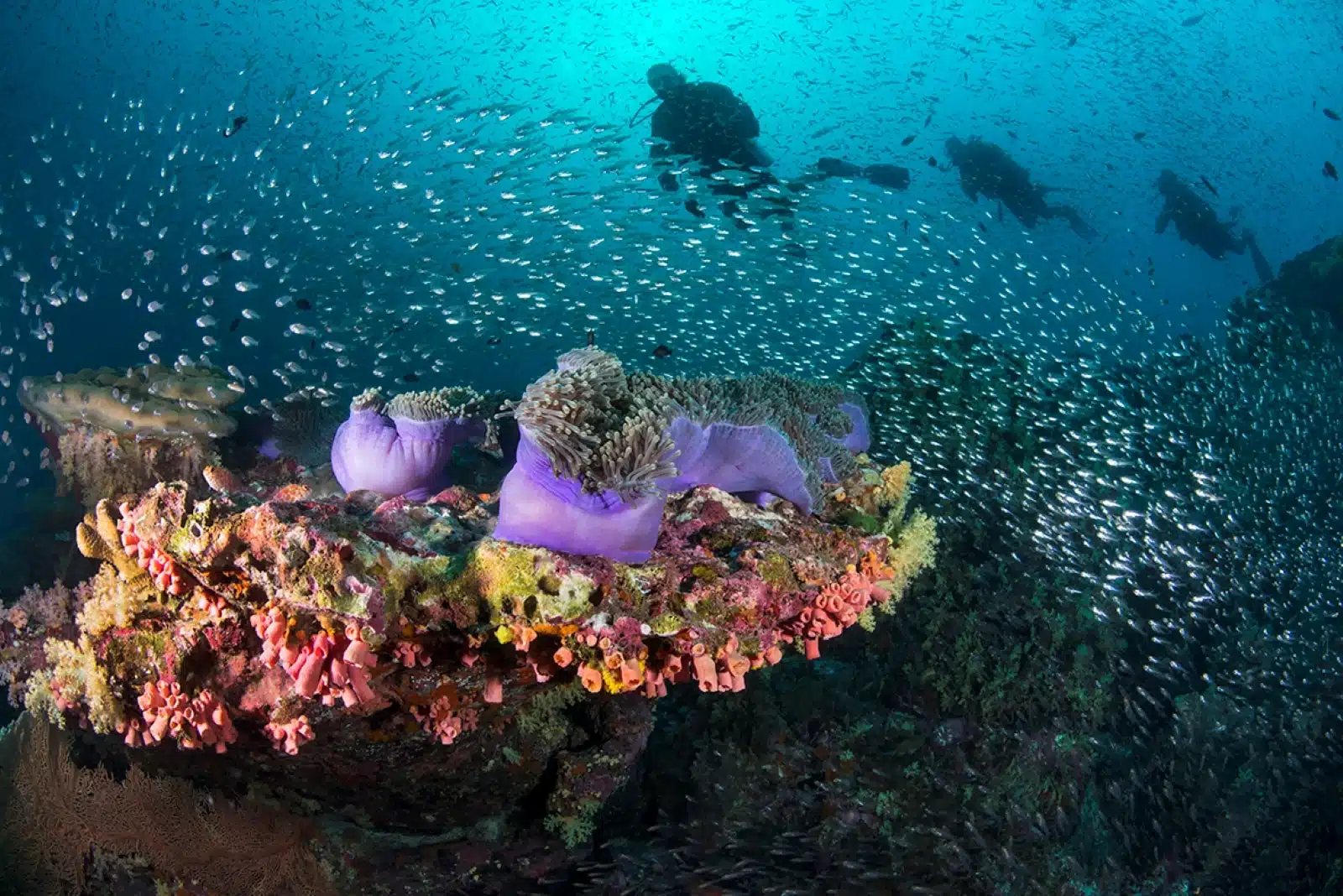Underwater photography is an art form that combines diving skills with photographic techniques to capture the ethereal beauty of aquatic magic. It presents unique challenges, such as lighting, color loss, and the physical environment, but also offers rewards in the form of stunning images of marine life, underwater landscapes, and the interplay of light and water. This guide will cover essential gear, techniques, and tips from professional underwater journalist Stuart Philpott, who has mastered telling compelling stories through his underwater images.
Stuart Philpott – Your Underwater Guide to Photography
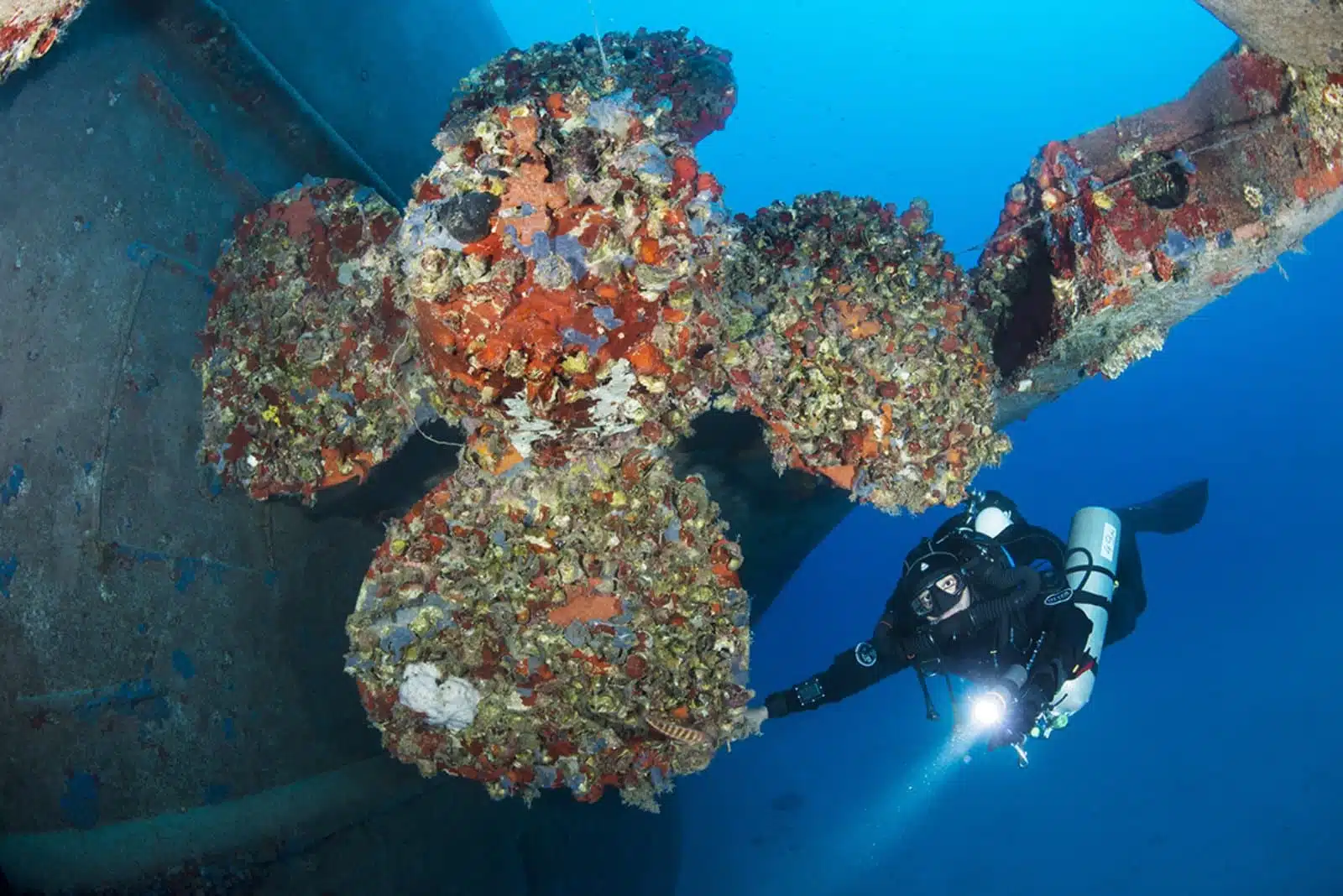
Image Credit: Stuart Philpott
Stuart Philpott is a distinguished diving industry figure known for his extensive experience as an underwater photographer and journalist. His professional endeavors take him across the globe, where he spends significant periods underwater, capturing the diverse ecosystems and marine life through his lens. This year, Philpott is scheduled for a notable liveaboard trip to Indonesia in August, a highly anticipated expedition for its potential to yield exceptional photographic content.
Philpott collaborates closely with various tourism boards, supplying them with comprehensive portfolios of images, crafting detailed articles and blogs, and representing destinations at prominent dive shows. His work serves as a visual joy and an educational tool, highlighting the beauty of underwater environments while stressing the importance of their conservation.
Philpott’s efforts focus on promoting destinations such as Greece, Cuba, Egypt, the Maldives and Cyprus, emerging as significant points of interest within the diving community. His reputation and expertise have also led to him being fully booked for assignments in Egypt and the Maldives for the upcoming year, underscoring the high demand for his skills and insights. His work, characterized by professionalism and a deep understanding of underwater photography and journalism, positions him as a pivotal figure in promoting diving tourism and marine conservation.
Essential Gear and Equipment
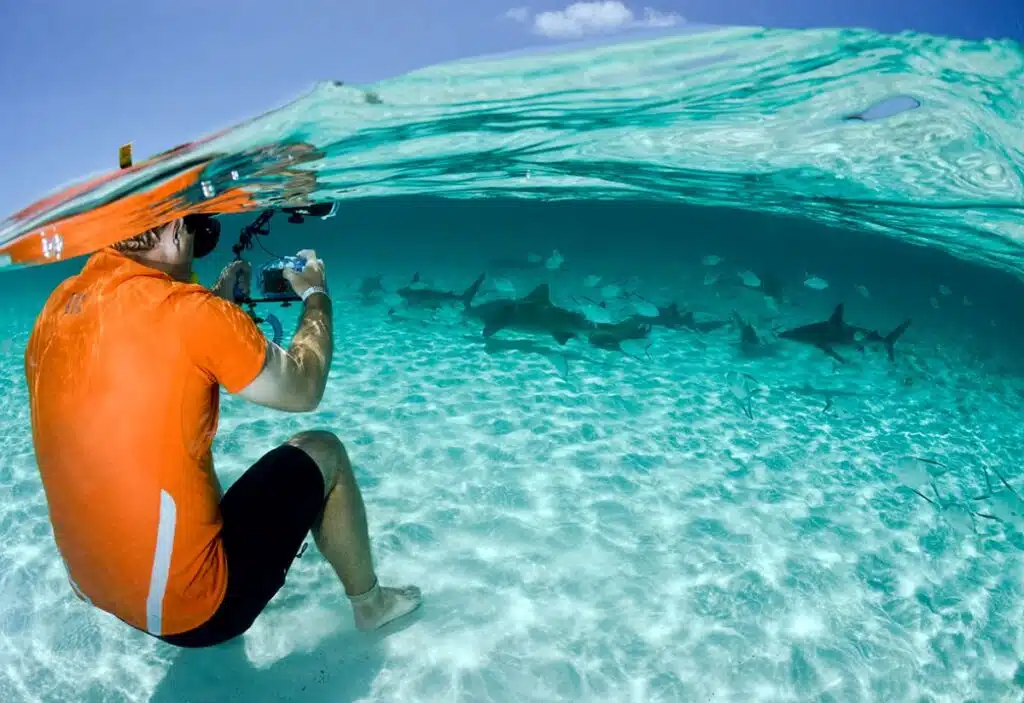
Image credit: Stuart Philpott
The foundation of successful underwater photography lies in selecting the right gear. A reliable underwater camera housing protects your camera from water pressure and the elements. Choosing between a compact, mirrorless, or DSLR camera depends on your budget, experience, and the type of photography you wish to pursue. Lighting is another critical component, with strobes and underwater video lights playing key roles in restoring colors absorbed by water. Additionally, accessories like red filters for blue water and macro lenses for close-up shots can significantly enhance your images.
Insider’s Tip: Start with a compact camera and housing if you’re new to underwater photography. It’s more affordable and easier to handle underwater.
Basic Techniques and Tips
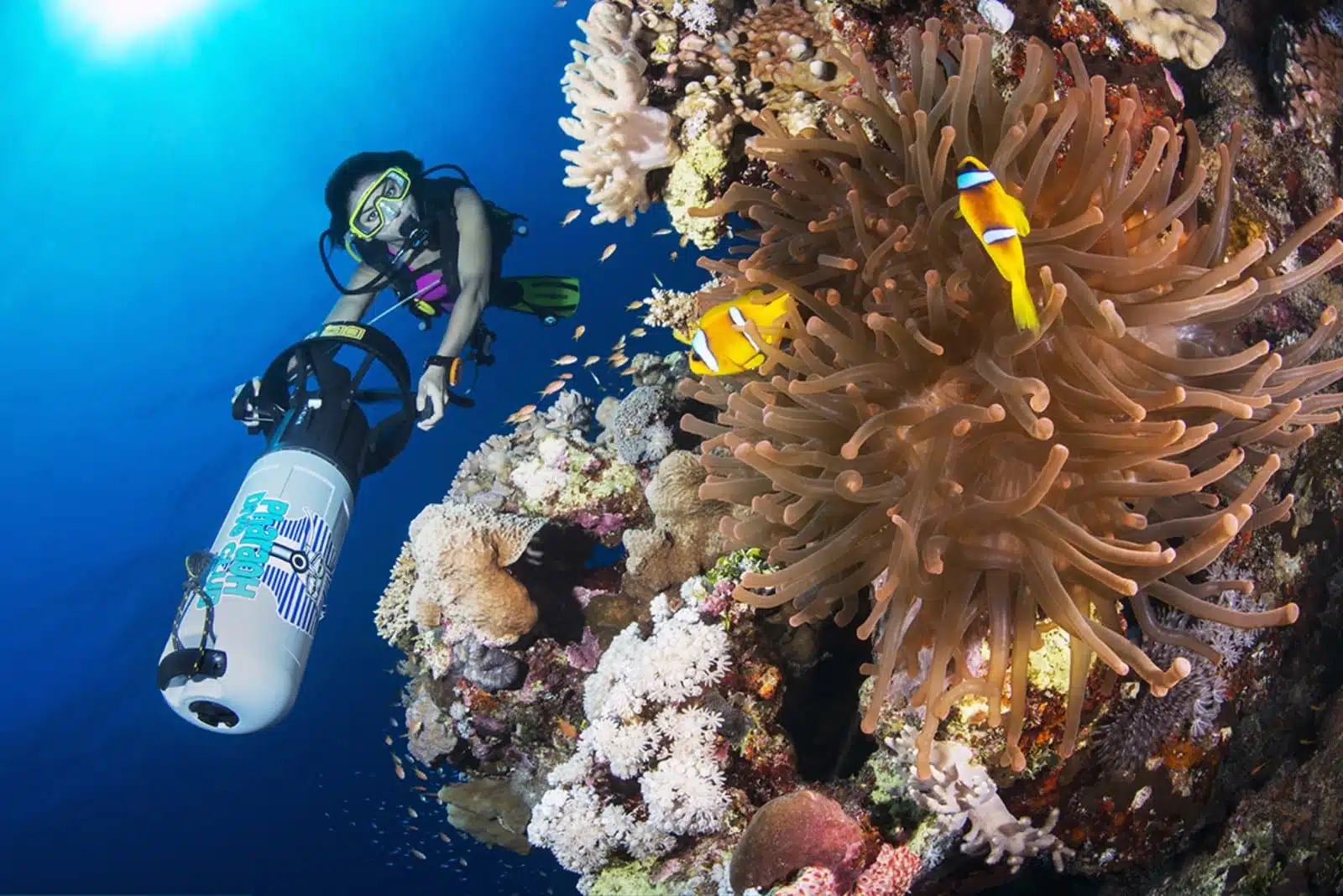
Image Credit: Stuart Philpott
Mastering buoyancy is paramount in underwater photography to avoid disturbing marine life and to stabilize your shots. Understanding how light behaves underwater will help you make adjustments for the loss of color and clarity at depth. Composition is another crucial element, with techniques like the rule of thirds and leading lines being just as effective underwater as on land.
Insider’s Tip: Practice buoyancy in a pool with your gear before heading to open water. This will help you move more fluidly and confidently when taking photos.
Advanced Techniques From Stuart Philpott
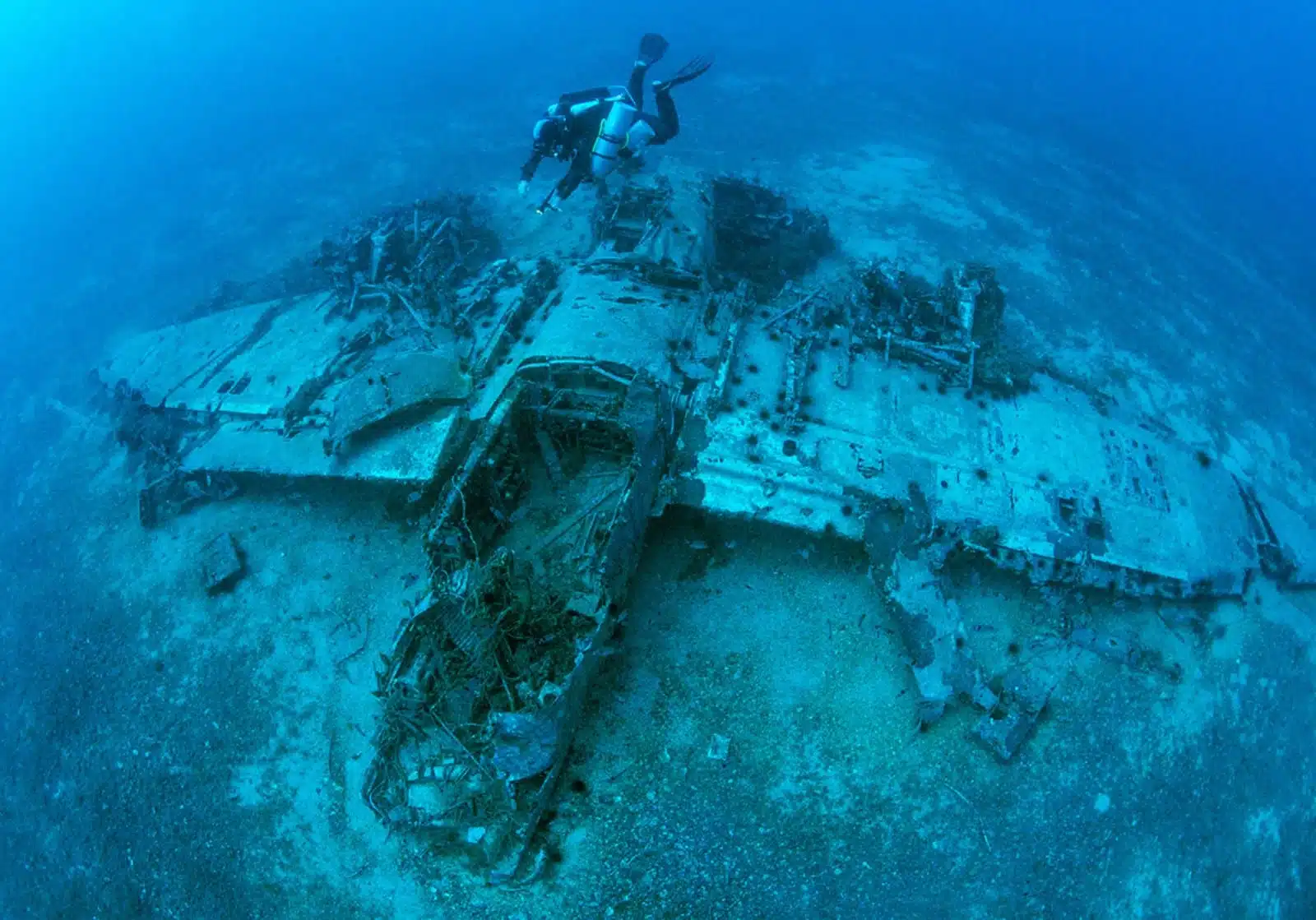
Image Credit: Stuart Philpott
Advanced underwater photography techniques involve working with natural light and strobes to create dynamic images, understanding animal behavior to capture engaging wildlife shots, and exploring different underwater environments, from coral reefs to shipwrecks. Stuart Philpott’s work exemplifies storytelling in photography, capturing moments that convey the essence of the underwater experience.
Insider’s Tip: Study the behavior of marine life to anticipate their movements. Patience and respect for the underwater environment can lead to extraordinary encounters and photo opportunities.
Common Challenges and Solutions
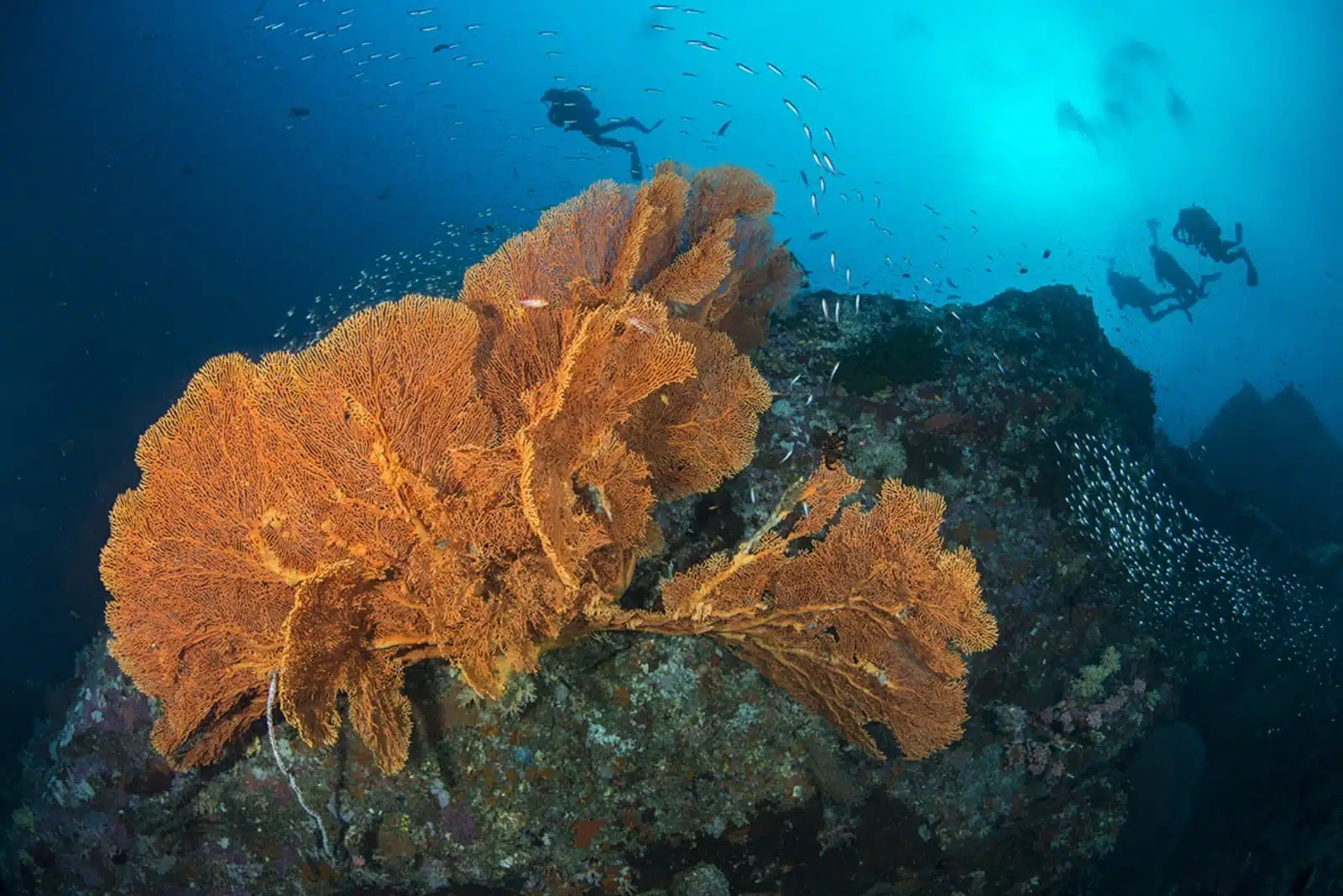
Image Credit: Stuart Philpott
Underwater photographers often face challenges like backscatter, where suspended particles reflect light into the camera, and color loss due to water absorbing light wavelengths. Solutions include adjusting angles to avoid backscatter and using external lights or filters to reintroduce colors.
Insider’s Tip: Shoot upwards towards your subject with the light source behind you to minimize backscatter and create a more dramatic effect.
Post-Processing and Editing
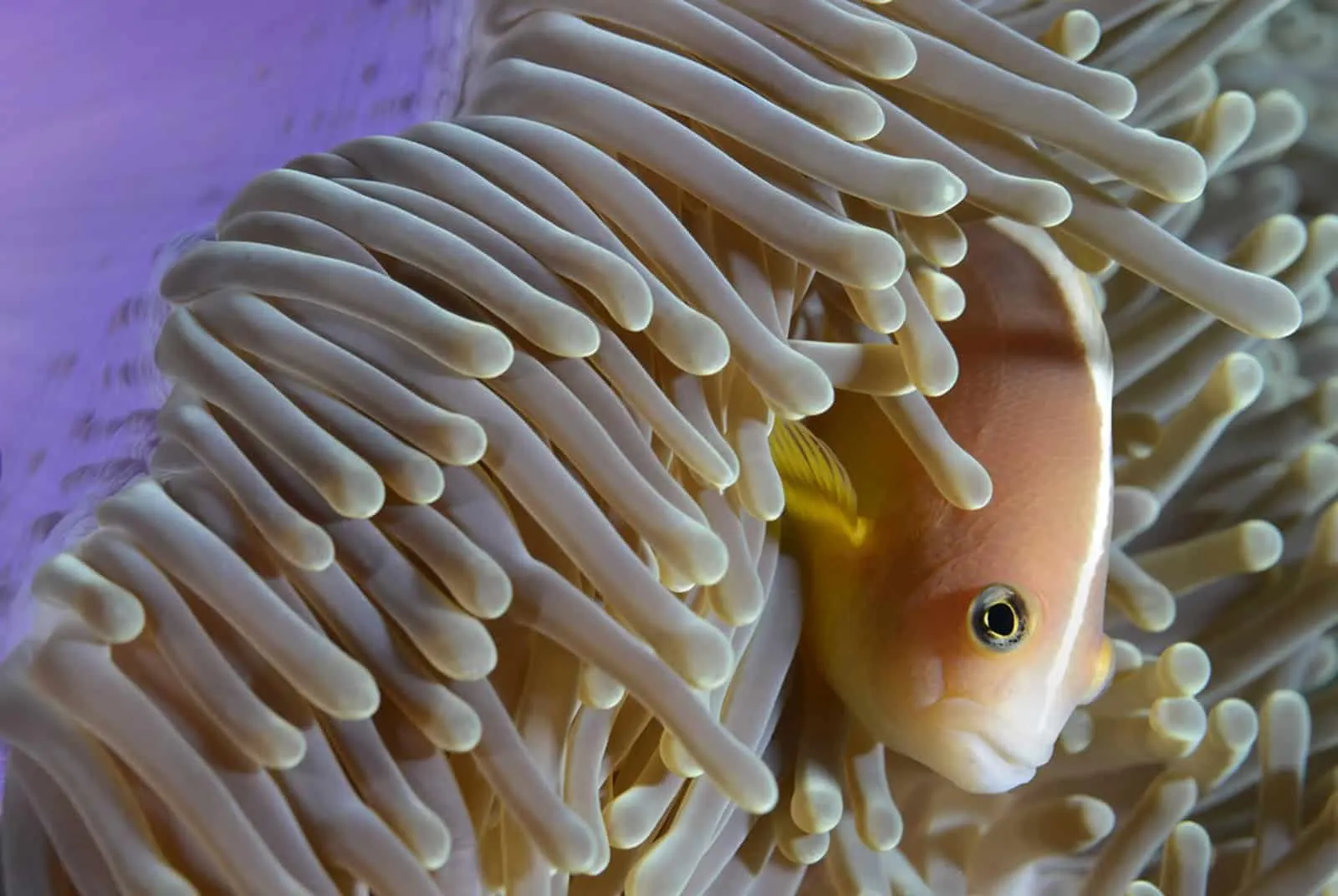
Image Credit: Stuart Philpott
Post-processing is crucial in underwater photography, allowing photographers to adjust white balance, enhance colors, and sharpen images. Software like Adobe Lightroom and Photoshop can correct the blue or green cast common in underwater photos and bring out the vibrant colors of marine life and environments.
Insider’s Tip: Shoot in RAW format to have greater flexibility in adjusting your images during post-processing.
Workshops and Courses
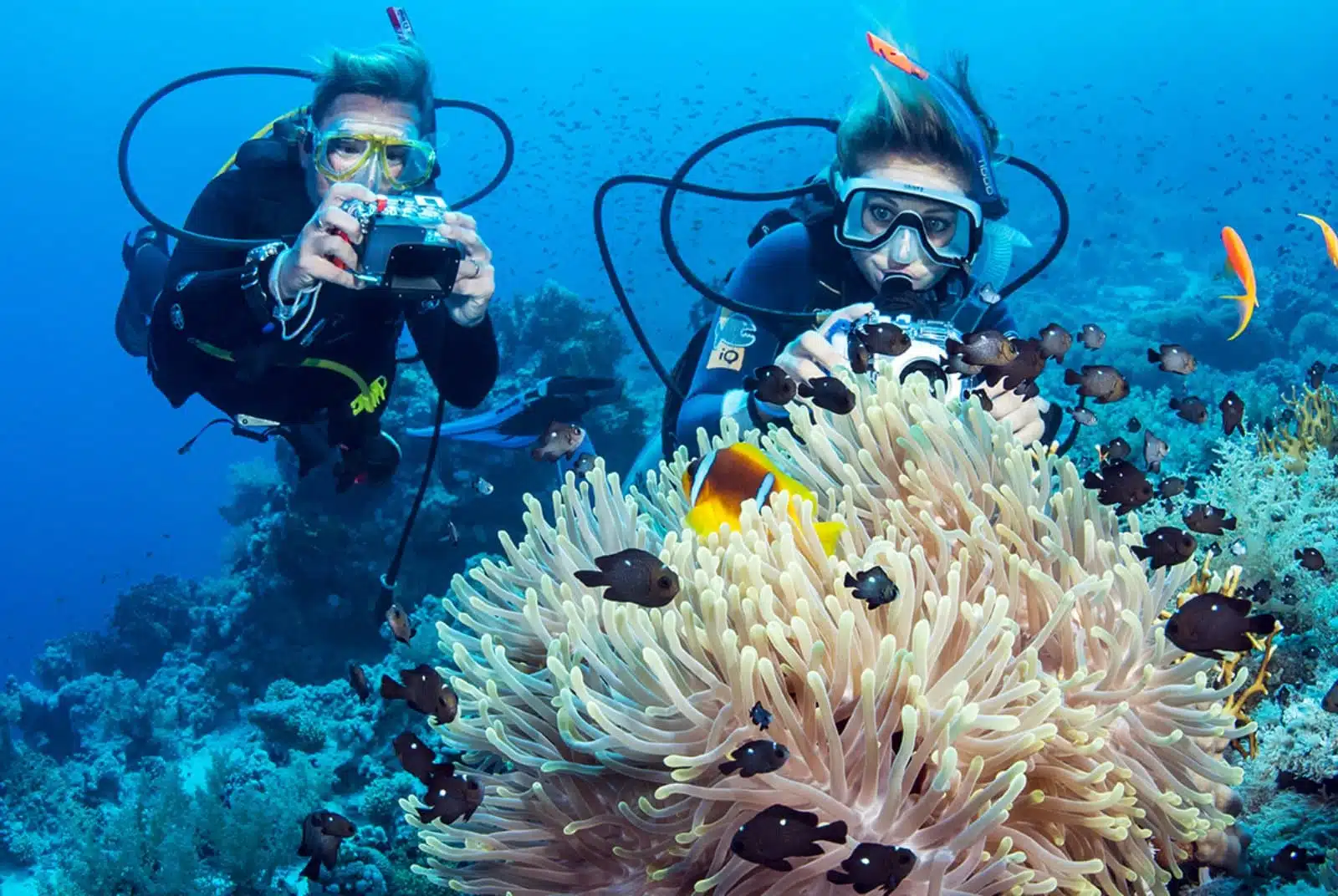
Image Credit: Stuart Philpott
Participating in workshops and courses led by experienced underwater photographers like can dramatically accelerate your learning curve. These programs often include hands-on training in real-world conditions, personalized feedback, and insights into the professional workflow of underwater photography, from planning dives to post-processing images.
Insider’s Tip: Choose a workshop that matches your skill level and interests, whether it’s focusing on macro photography, wide-angle shots, or specific types of marine life.
Building an Underwater Photography Portfolio
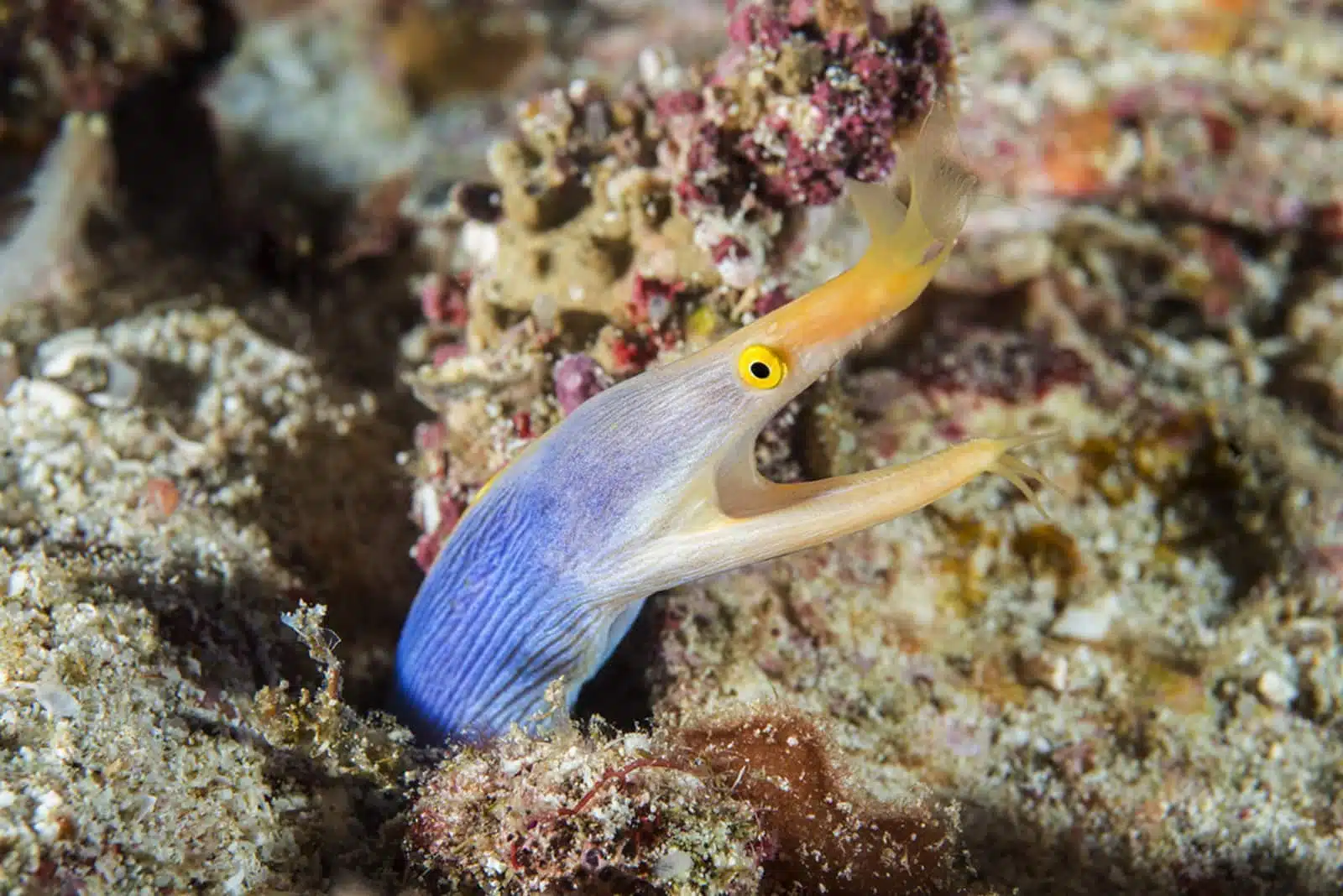
Image Credit: Stuart Philpott
Creating an underwater photography portfolio involves selecting your best work that showcases your skills, style, and the diversity of your experiences. A well-curated portfolio can open doors to gallery showings, publications, and professional opportunities. It should tell a story, whether it’s focused on the beauty of the underwater world, conservation issues, or the thrill of discovery.
Insider’s Tip: Regularly update your portfolio to reflect your evolving skills and new adventures. Feedback from peers and mentors can provide valuable insights into strengthening your collection.
Conservation Through Photography
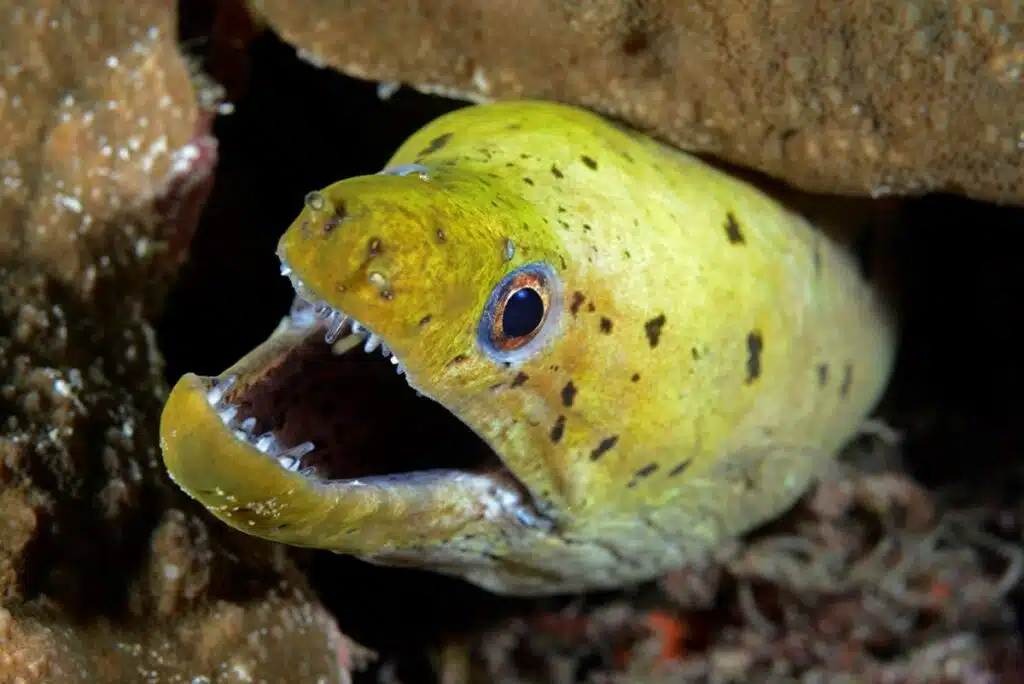
Image credit: Stuart Philpott
Underwater photography plays a crucial role in marine conservation, highlighting the beauty of the underwater world and the urgent need to protect it. Photographs can bring attention to endangered species, habitat destruction, and the impact of climate change, inspiring action and support for conservation efforts. Stuart often collaborates with conservation organizations, using his images to educate and advocate for protecting marine environments.
Insider’s Tip: Focus on stories that resonate with you. Authenticity can greatly enhance the impact of your conservation messaging.
Top Tips
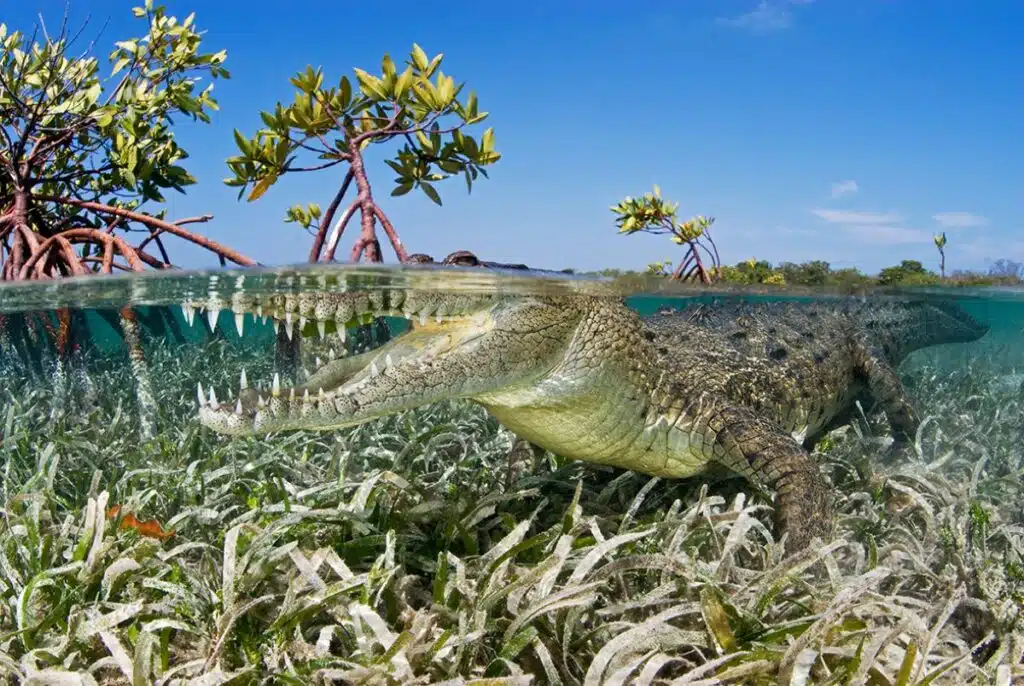
Image credit: Stuart Philpott
Understand Underwater Lighting
Use External Lights: Even in clear water, colors fade as you go deeper. Use strobes or underwater video lights to bring back the vibrant marine life and environment colors.
Natural Light: Natural light can be sufficient for shallow dives or snorkeling. Experiment with the sun’s position to enhance your shots with natural illumination.
Get Close to Your Subject
Minimize Water Between Lens and Subject: Water reduces clarity, color, and contrast. Getting close to your subject reduces the amount of water light has to travel through, resulting in sharper images.
Be Patient and Respectful
Wait for the Moment: Good underwater photography often requires patience. Wait for marine life to become accustomed to your presence. Always respect their space and avoid disturbing their natural behaviors.
Continuous Shooting Mode
Capture Action: Use your camera’s continuous shooting mode to capture fast-moving subjects or fleeting moments, increasing your chances of getting the perfect shot.
Learn from Every Dive
Review and Reflect: After each dive, review your photos to identify what worked and what didn’t. Learning from your successes and mistakes is key to improving your underwater photography skills.
Experiment with Different Lenses
Wide Angle for Scenery: Wide-angle lenses are perfect for capturing expansive underwater landscapes, large marine life, or scenes that include a foreground subject and its habitat.
Macro for Detail: Macro lenses allow you to capture the minute details of the underwater world, such as the intricate patterns on coral or the tiny creatures often overlooked.
Utilize Natural Features
Framing with Nature: To frame your subjects, natural underwater features like coral arches or sea fans. This adds depth to your composition and contextualizes the subject within its environment.
Dive at the Right Time
Golden Hours: Just like on land, the “golden hours” shortly after sunrise and before sunset offer beautiful natural lighting conditions underwater, with softer light and dramatic shadows.
Night Dives: Night diving opens up a new world of subjects, as many marine creatures are nocturnal. Use a dive light to spotlight your subject against the dark surroundings.
Manual Focus and Custom White Balance
Manual Focus for Precision: Autofocus can be less reliable underwater, especially in low light or when particles in the water interfere. Learning to use manual focus gives you more control over your shots.
Custom White Balance: Adjusting the white balance manually can help restore natural colors lost at depth, especially when shooting without artificial lights.
Keep an Eye on Your Air and Depth
Safety First: Always monitor your air supply and depth while focusing on photography. It’s easy to get distracted, so make it a habit to regularly check your dive computer.
Continuous Learning and Practice
Stay Curious: The field of underwater0 photography is constantly evolving, with new techniques and technologies emerging. Stay engaged with the community, attend workshops, and never stop learning.
Professional Courses
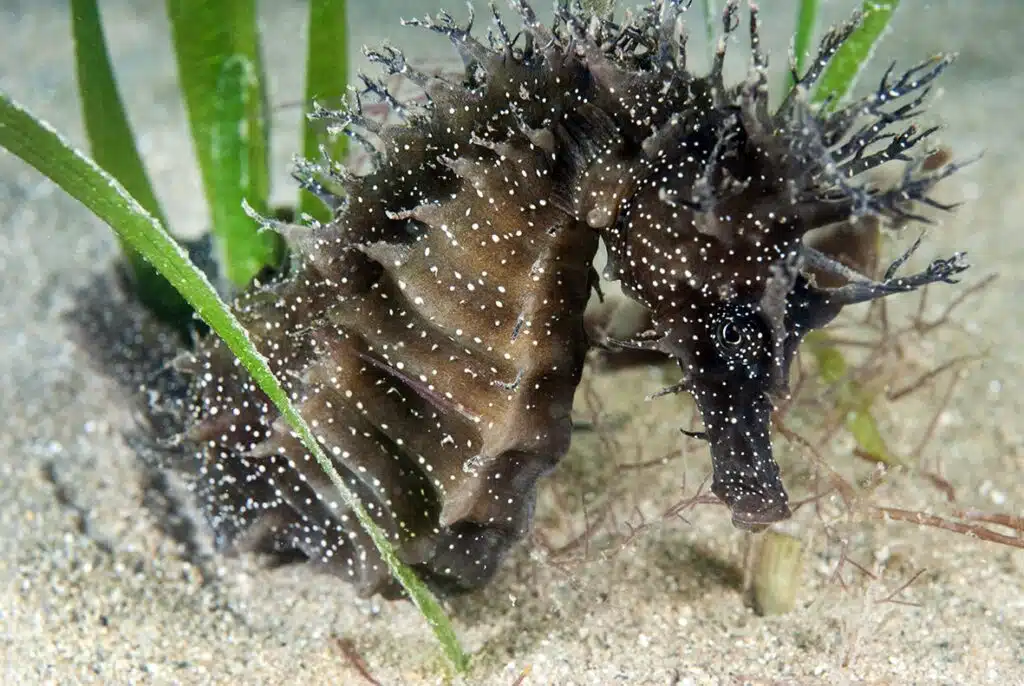
Image credit: Stuart Philpott
Later this year, Philpott will run underwater photography courses in Cuba, offering a unique opportunity for enthusiasts and aspiring photographers to hone their skills in one of the world’s most vibrant underwater environments. These courses cover various aspects of underwater photography, from mastering buoyancy control with a camera to understanding the intricacies of underwater light and composition. Participants can dive into Cuba’s pristine waters, known for their clear visibility and rich marine biodiversity, providing an ideal backdrop for practicing and perfecting underwater photography techniques. Stuart Philpott’s expertise and personalized guidance ensure that attendees enhance their photographic capabilities and gain a deeper appreciation for marine conservation. The courses cater to various skill levels, from beginners to advanced photographers.
The Bottom Line
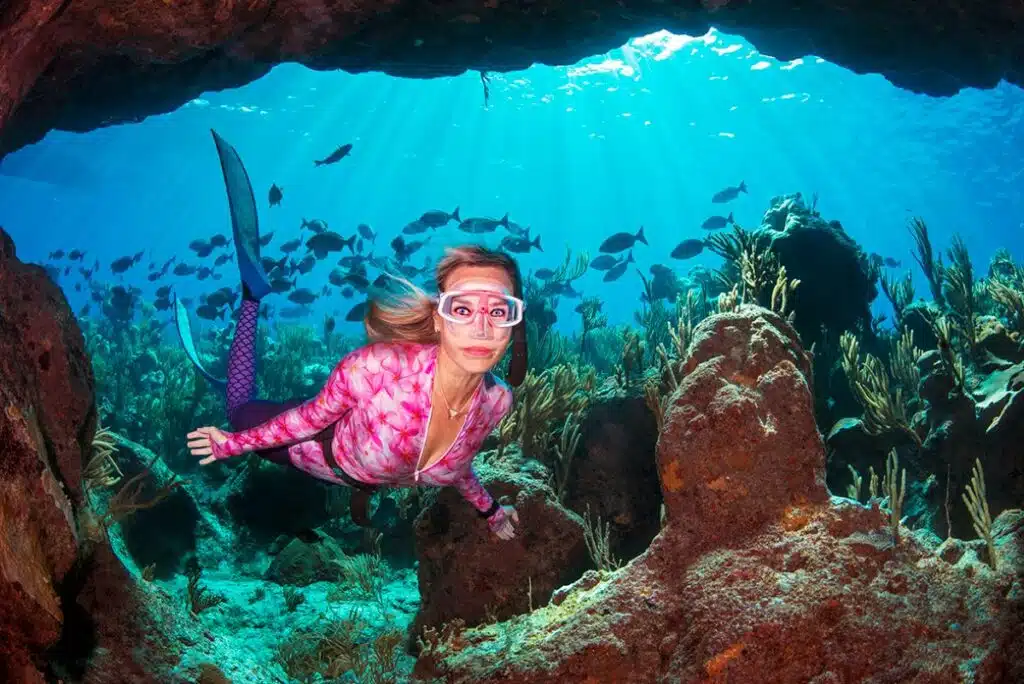
Image credit: Stuart Philpott
Embarking on the journey of underwater photography is an adventure that opens up a new world of creativity and discovery. With practice, patience, and guidance from experts, you can capture the ethereal beauty of the underwater landscapes and share its wonders with others. Whether your goal is to document the diversity of marine life, contribute to conservation efforts, or simply explore the ocean’s mysteries, underwater photography offers a unique and rewarding path.
More From The Green Voyage
Top 10 Trending Travel Destinations 2024
6 Essential Banking Apps for International Travel – Managing Your Finances on the Go
Traveling With Kids – 10 Tips to Create Memorable Family Holidays
The post Mastering Underwater Photography on Your Travels 2024 first appeared on The Green Voyage.
Featured Image Credit: Shutterstock / Stuart Philpott.
For transparency, this content was partly developed with AI assistance and carefully curated by an experienced editor to be informative and ensure accuracy.
Tips for Trip Success
Book Your Flight
Find an inexpensive flight by using Kayak, a favorite of ours because it regularly returns less expensive flight options from a variety of airlines.
Book Your Hotel or Special Accommodation
We are big fans of Booking.com. We like their review system and photos. If we want to see more reviews and additional booking options, we go to Expedia.
You Need Travel Insurance!
Good travel insurance means having total peace of mind. Travel insurance protects you when your medical insurance often will not and better than what you get from your credit card. It will provide comprehensive coverage should you need medical treatment or return to the United States, compensation for trip interruption, baggage loss, and other situations.Find the Perfect Insurance Plan for Your Trip
